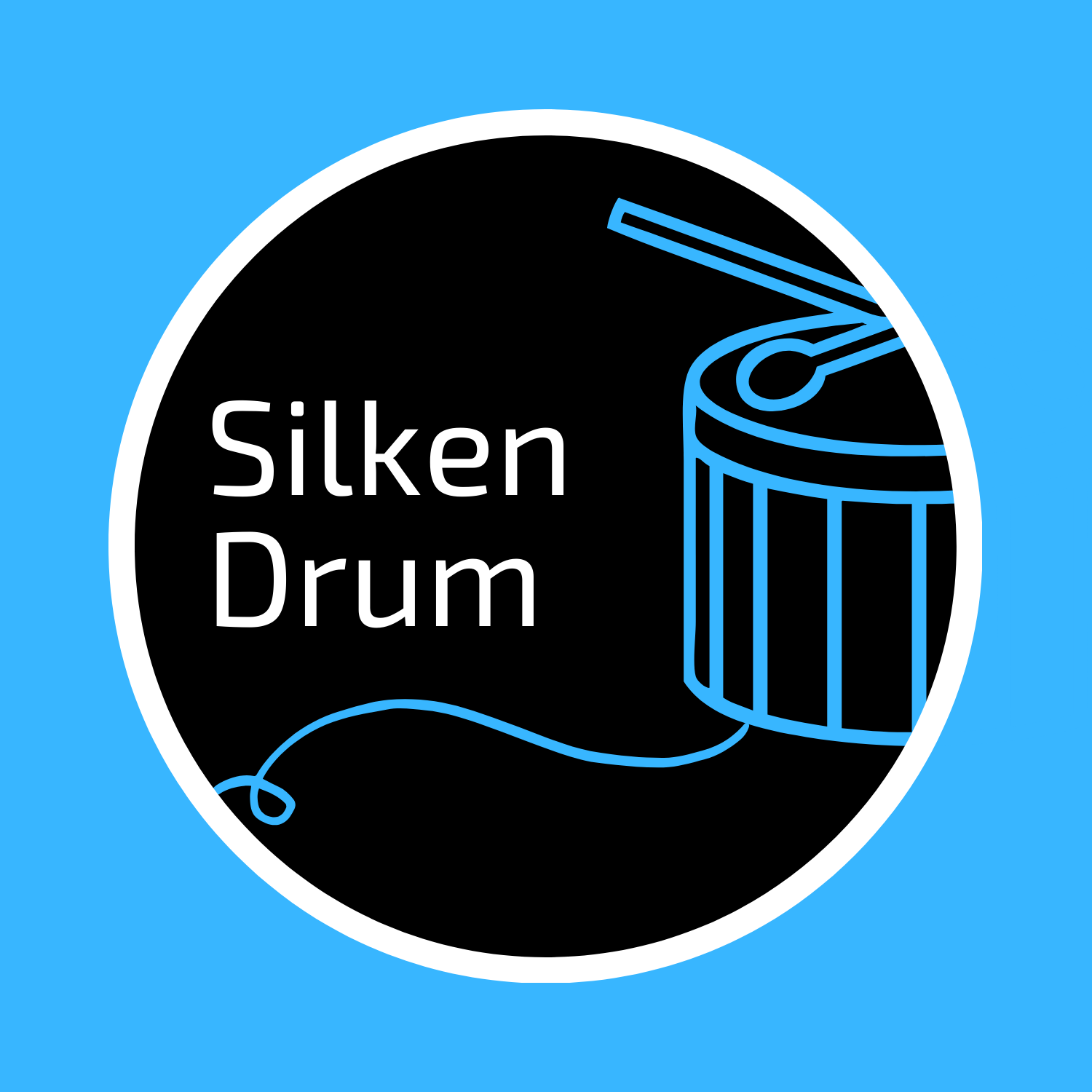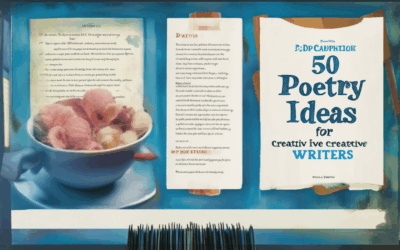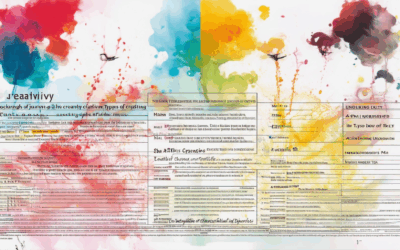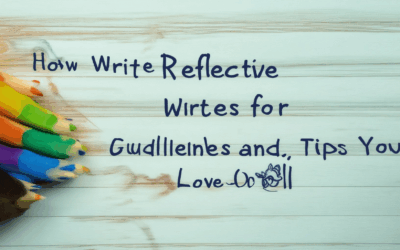Writing an exceptional essay can feel like an uphill battle, especially when creativity seems elusive. Yet, creativity doesn’t have to be reserved for artists or musicians—it’s a skill everyone can cultivate. By embracing creative essay tips, you can transform your writing process and unlock new possibilities. From learning from literary giants like Kurt Vonnegut to analyzing real-world examples, we’ll cover everything you need to know to elevate your essay writing. Whether you’re struggling with writer’s block or looking to refine your structure, these tips will provide actionable steps to unlock your creative potential. With these creative essay tips, you’ll not only enhance your writing but also gain confidence in your ability to tackle any academic or personal project.
Key Takeaways
- Capture attention with a compelling hook to hook readers right away.
- Choose a unique perspective to make your essay stand out.
- Define a clear purpose to guide your storytelling decisions.
- Craft a strong hook that sets the tone and piques curiosity.
- Develop a central theme or conflict to drive your narrative.
- Show, don’t tell, using descriptive language to immerse readers.
- Engage readers emotionally through relatable and vivid storytelling.
- Build well-rounded characters to create depth and interest.
- Explore multiple perspectives to add complexity and insight.
- Edit and refine your work to polish and perfect your essay.

How to Make Your Essay More Creative
To enhance your essay’s creativity, consider incorporating the following techniques:
- Descriptive Language : Use vivid imagery and sensory details to paint a picture with words. For instance, instead of stating “the park,” describe it as “a lush green haven with towering trees and vibrant flowers.”
- Metaphors and Similes : Enrich your writing by comparing concepts to familiar images. For example, “Hard work is like climbing a mountain—it’s challenging but rewarding.”
- Dialogue : Introduce quotes or imagined conversations to bring your essay to life. Consider a participant’s perspective in a historical event to add narrative depth.
- Mind Mapping : Create a visual outline by brainstorming related themes, leading to unexpected connections and a richer structure.
- Sensory Details : Engage readers by incorporating sounds, smells, tastes, textures, and sights. Describe the sound of waves or the scent of a garden to immerse the reader.
- Flashbacks and Flash Forwards : Add layers to your narrative by briefly showing memories or future visions before returning to the present.
- Personification : Give objects or abstract concepts personalities or intentions, making them more relatable and engaging.
- Unique Perspective : Conclude with a thought-provoking statement or twist that challenges the reader’s viewpoint, while maintaining credibility.
- Revising and Editing : Carefully edit your draft to enhance descriptions and refine language, possibly reading it aloud to detect awkward phrasing.
Remember to visit Silken Drum for more tips and resources to inspire your writing journey. Explore other platforms like The Writer’s Hub and Litmus Literary for additional creative insights.
Improving Creativity in Essays
To enhance creativity in essays, consider the following structured approach:
- Brainstorming Techniques : Utilize methods like freewriting or mind mapping to generate a variety of ideas. These techniques can unlock innovative thoughts and provide a foundation for unique essay topics.
- Structured Outline : Create a clear outline to organize ideas, allowing for better flow and coherence. A solid structure can guide the essay’s direction, facilitating creativity while maintaining focus.
- Vivid Descriptions : Use descriptive language to bring essays to life. Engage the senses and evoke emotions to create a more immersive and memorable experience for readers.
- Personal Perspective : Incorporate personal experiences or feelings to add depth and relatability. Balance personal anecdotes with factual information to enrich the narrative without compromising credibility.
- Inspiration through Reading : Expand your reading horizons by exploring diverse genres and styles. Exposure to various perspectives can stimulate creativity and provide fresh ideas for your own writing.
- Experimentation : Try different writing styles or structural approaches. Push beyond conventional methods to discover new ways of presenting your argument or story.
- Seek Feedback : Share your essay with peers or mentors to gain new insights. Constructive criticism can highlight areas for improvement and offer creative suggestions.
- Time Management : Allocate sufficient time for drafting and revising to allow creativity to flourish. A rushed process may hinder innovation, so plan accordingly.
- Curiosity and Open-Mindedness : Maintain a curious mindset, constantly questioning and exploring new angles. This attitude can sustain creativity and drive meaningful exploration in your writing.
By integrating these strategies, you can foster a more creative and engaging essay that captivates readers while effectively conveying your message.

How to Creatively Present an Essay
Presenting an essay creatively involves more than just writing it well—it requires thinking about how to capture attention, engage the audience, and deliver your message effectively. Here are some strategies to help you stand out:
1. Start with a Strong Hook
- Begin with a compelling statement, question, or quote that grabs attention.
- Tell a story or paint a vivid picture to draw the reader in immediately.
- Use humor, surprise, or a unique perspective to make your introduction memorable.
2. Use Visual Elements
- Incorporate visuals like charts, images, or infographics to complement your text.
- Add quotes, poems, or song lyrics that relate to your topic to add depth.
- Include audio or video clips if applicable, to enhance understanding.
3. Employ Storytelling Techniques
- Write in a narrative style, sharing personal experiences or anecdotes.
- Use descriptive language to bring your subject matter to life.
- Structure your essay like a story, with a beginning, middle, and end.
4. Highlight Key Themes
- Emphasize the most important points through bold text, italics, or color.
- Create a hierarchy of information using headings and subheadings.
- Use bullet points or numbered lists to make complex information digestible.
5. Engage the Audience Interactively
- Ask questions or prompt reflections to involve the audience.
- Use interactive elements like polls or quizzes if presenting live.
- Encourage discussion or feedback to foster engagement.
6. Conclude with Impact
- End with a strong closing statement or call to action.
- Summarize your key points in a memorable way.
- Leave the audience with something to think about or a lasting impression.
By incorporating these creative presentation techniques, you can transform your essay into an engaging and impactful experience for your audience.

How to Start a Creative Essay
To craft a compelling creative essay, begin by capturing the reader’s attention with an engaging hook. This could be a thought-provoking question, an intriguing anecdote, a vivid descriptive scene, or a meaningful dialogue. The goal is to immerse the reader in your narrative from the very beginning.
1. Choose a Unique Angle
The foundation of a great creative essay lies in its unique perspective. Consider a personal experience, a historical event, or a fictional world that you find fascinating. By selecting something distinctive, you set your essay apart from others and give readers a reason to stay engaged.
2. Establish a Clear Purpose
Before diving into your story, define its purpose. Are you aiming to inspire, educate, entertain, or reflect on a deeper theme? Knowing your intent will guide your choices and help you stay focused throughout the essay.
3. Craft a Strong Hook
Your opening sentence or paragraph should grab attention and hint at the themes or conflicts to come. A well-crafted hook might pose a question, present a surprising fact, or introduce a relatable character in an unusual situation.
4. Develop a Theme or Conflict
Every great story has a central theme or conflict that drives it forward. Whether it’s a journey of self-discovery, a struggle against adversity, or a quest for justice, ensure your essay revolves around a meaningful narrative thread.
5. Show, Don’t Tell
Use descriptive language to paint scenes and convey emotions rather than simply stating ideas. For example, describe a setting, a character’s feelings, or an event’s significance in a way that invites the reader to imagine it themselves.
6. Engage the Reader Emotionally
Connect with your audience by evoking emotions or sparking curiosity. A well-timed moment of vulnerability, wonder, or empathy can draw readers deeper into your story.
7. Build a Community of Characters
Develop characters that feel real and multifaceted. Give them motivations, flaws, and growth arcs that contribute to the overall plot. A cast of memorable characters can turn your essay into a rich, immersive experience.
8. Explore Multiple Perspectives
Consider alternating chapters or sections between different characters or viewpoints to offer fresh insights into the story. This approach can deepen the reader’s understanding and engagement with the narrative.
9. Edit and Refine
After drafting your essay, revisit it to tighten the prose, eliminate redundancies, and ensure consistency. Editing helps refine your vision and make the essay polished and professional.
By following these steps, you can create a creative essay that captivates readers and leaves a lasting impression. Remember, the key is to tell a story that resonates with your audience on a personal level.
For more tips and inspiration, explore our creative writing guides and community discussions on Silken Drum .
What is a Good Hook for an Essay?
A good hook is the opening line of an essay that captures the reader’s attention and encourages them to continue reading. There are several effective types of hooks, each serving a unique purpose:
- Questions : Pose a thought-provoking question that makes the reader curious about the topic. Example: “Have you ever wondered why social media impacts mental health?”
- Quotes : Use a relevant quote from a notable figure to set the tone. Example: “Technology is best when it brings people together.” — Nelson Mandela
- Statistics : Present a surprising or impactful number to grab attention. Example: “Research shows that 70% of young adults experience anxiety from excessive social media use.”
- Anecdotes : Begin with a brief, relatable story. Example: “I reduced my social media usage and noticed immediate improvements in my mental health.”
Each hook should smoothly transition into the essay’s thesis, providing context and leading the reader into the discussion. Choose a method that resonates with your audience and aligns with your essay’s purpose, ensuring it’s unique and avoids clichés.

How to Ace Creative Writing
To excel in creative writing, focus on these key strategies:
- Develop a Strong Voice : Identify your unique style and perspective. Experiment with different genres and tones to find what resonates most with your audience.
- Leverage Creativity Techniques : Use mind mapping or freewriting to unlock ideas. Embrace randomness and unexpected combinations to spark inspiration.
- Master the Edit : Set aside your draft for a few days before revising. Remove unnecessary words and tighten your prose to enhance clarity and impact.
- Read Widely and Deeply : Study works from various authors and styles. Analyze structure, dialogue, and pacing to refine your own approach.
- Set Clear Goals : Define your objectives, whether it’s exploring a theme, experimenting with form, or telling a specific story.
- Seek Feedback : Share your work with trusted peers or mentors. Their insights can help you see blind spots and strengthen your narrative.
- Experiment with Forms : Try different formats like poetry, scripts, or hybrids to broaden your skill set and explore new creative avenues.
- Stay Inspired : Keep a journal of observations and ideas. Document daily experiences that might seed future stories or characters.
- Balance Practice and Rest : Write regularly but avoid burnout. Allow your mind to rest and absorb influences outside of writing to recharge creatively.
- Be Persistent : Recognize that mastery takes time. Embrace challenges and view them as opportunities to grow.
By consistently applying these strategies, you can develop a robust creative writing practice that yields compelling and original work. Remember, the journey of writing is as important as the destination itself.




0 Comments